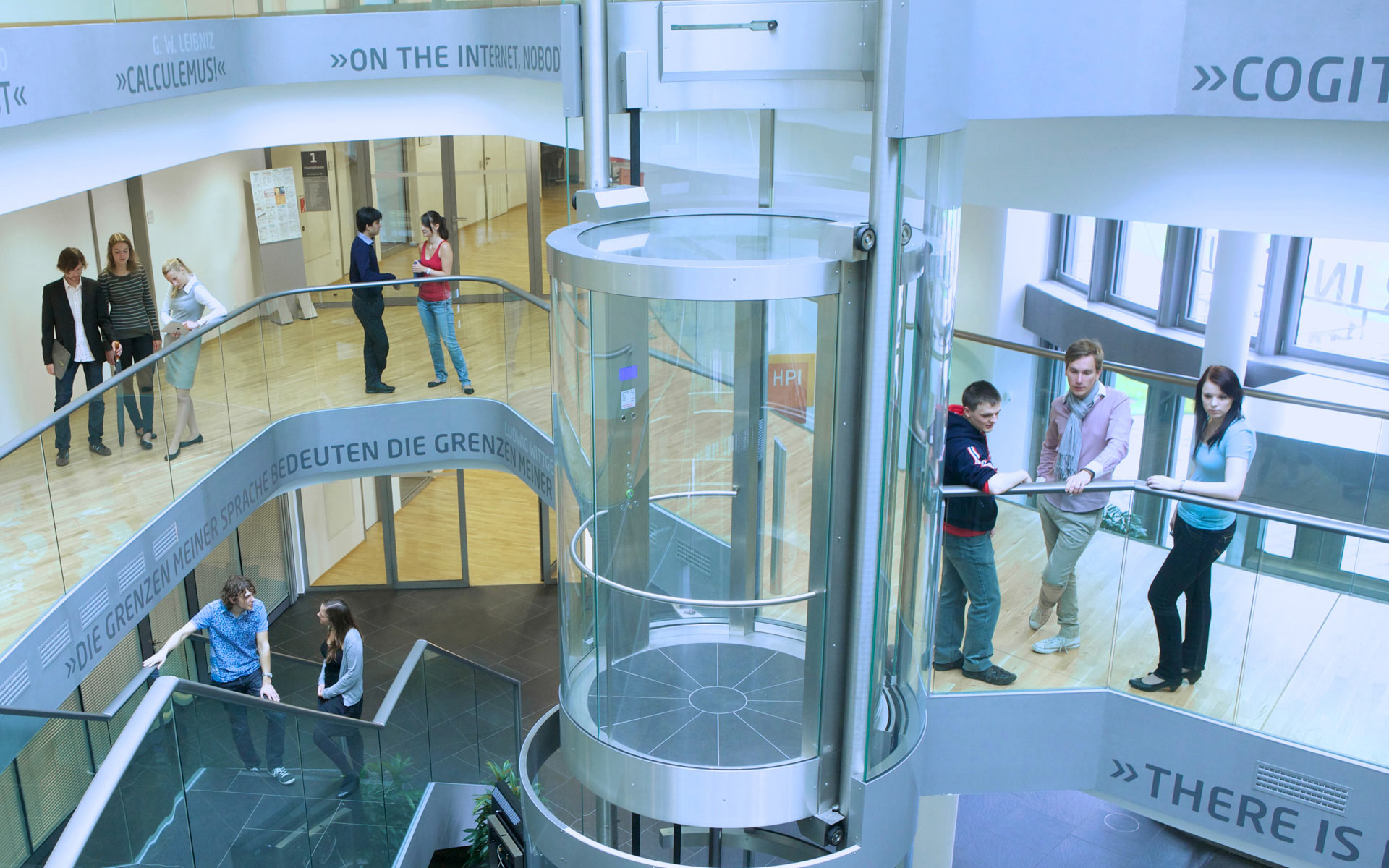The organizational details for the seminar are as follows:
- Project seminar for master students
- 6 credit points, 4 SWS
- Weekly meetings
- Supervisors: Phillip Wenig and Thorsten Papenbrock
- Time: Tuesdays, 9:15 - 10:45 AM
- Location: F-2.10, Building F, 2nd Floor, Campus II
During the COVID-19 lockdown, these meetings will take place online!
Please consider this page as an introduction to the topic and the seminar. Please send an informal email to Thorsten Papenbrock until Tuesday 28.04.2020 to register for the course. The email should include the topic(s) of the course that you are interested in (1., 2. and/or 3.), students that you would like to team up with in a project in case you want to join as a team (both of you need to register), and any prior knowledge of you that is relevant to this course (e.g. HPI courses in the data engineering or machine learning area). We will let you know if you can officially register for the course as soon as possible (on Tuesday 21.04.2020 at latest). Note that because the semester starts very quickly and without proper introductory week, we might need to choose the up to eight participants first-come-first-serve if we receive more than eight applications.
To start the project, our first meeting will be on Tuesdays 28.04.2020, 9:15 - 10:45 AM via jitsi meet. We will send the conference link to all accepted participants via email on the same day before the meeting starts. In this online session, we answer first questions, discuss the organization of the seminar, and assign tasks and teams. Please check prior to our first meeting that you can run jitsi in your web browser and that you have a working microphone. It would also be great if you have a webcam so that we can see each other.
Slides:
The grading will be based on the following tasks:
- (10%) Active participation during all seminar events.
- (60%) Research and development success w.r.t. your pipeline modules including:
- (20%) Implementation
- (20%) Evaluation
- (20%) Paper writing (~1.5 pages per person)
- (30%) Presentations including:
- (15%) Midterm presentation
- (15%) Final presentation

